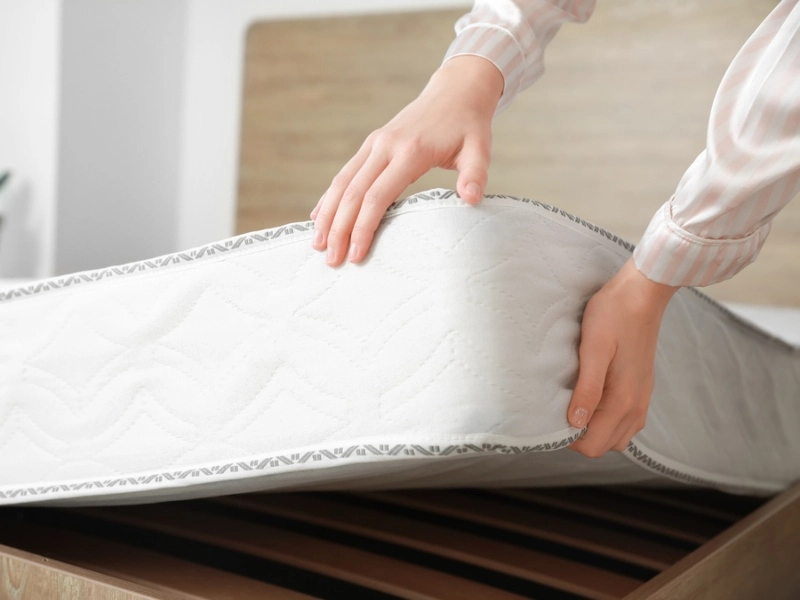Lifestyle
11 Best Portable Fans In Singapore So You Don’t Have To Sweat It!
It’s safe to say that we’re big fans.
Why Cafe Gyoen Matcha Bar Wasn’t What I Expected
Let’s spill the tea.
7 Best Motherboards For Gaming (2025) To Power Your Rig
Chip thrills await!
Fashion & Beauty
Travel
19 Things To Do In KL For The Perfect Weekend Trip
We KL-early love this city.
Read more8-Day Yunnan Itinerary That Will Make Your Friends Jealous!
Catch flights, not feelings.
Read moreComparing The 10 Best eSIMs In Singapore
Call me, maybe?
Read more















































